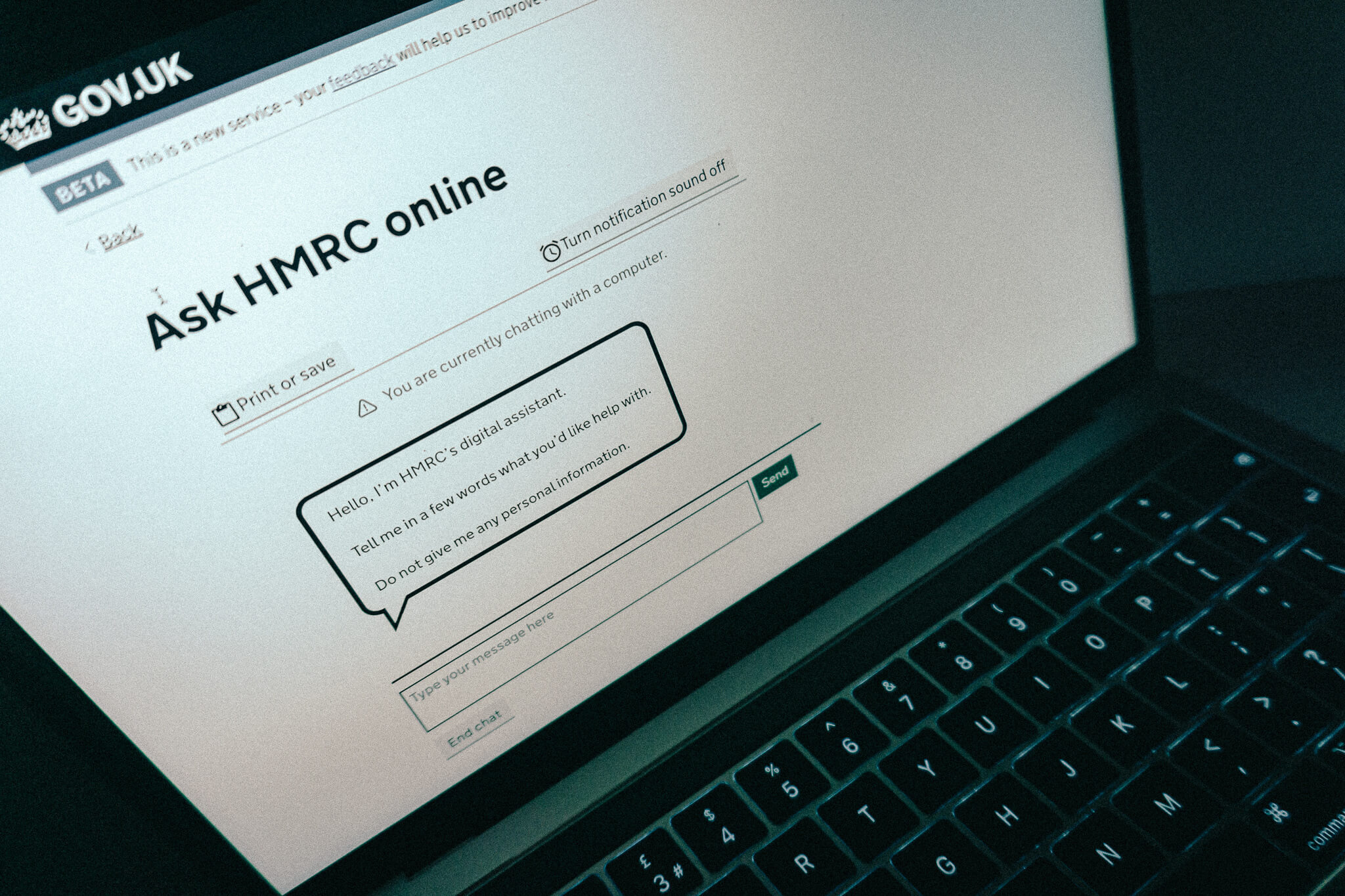Discussing the findings of a Dods and SAP Concur report, experts from government and industry reflected on the achievements of the past year, and the areas that have been shown to need the most improvement. PublicTechnology learns more.
Credit: Grooveland Designs from Pixabay
As living and working in a Covid world has become a way of life – rather than a complete subversion of what we previously thought of as a way of life – many public sector digital advocates have begun to look back on the past year and reflect that they hope the progress and reform necessitated by the pandemic is not reversed over the coming months and years.
The scale of their collective achievements has been enormous. There is, most obviously, the switch to technology-enabled remote working, which was realised at huge scale, with great effectiveness and, in many cases, practically overnight.
But there is also the work – completed with similar speed and efficacy – to create and implement major new digital services, such as the platform to support the furlough scheme, and GOV.UK’s ever-evolving and expanding hub for communicating with citizens about coronavirus. Beyond that, there have been big advances in the use of data across the public sector, and the ease and potency with which it is shared between organisations.
However, for all that the Covid crisis has shone a light on the power and potential of digital transformation, it has also starkly revealed the barriers that remain in its way, and the work that remains to be done.
Speaking on a recent webinar co-hosted by PublicTechnology, Civil Service World, and SAP Concur, the cloud technology vendor’s UK and Ireland central government sales lead Dips Dhillon said that, across Whitehall, “Covid has exposed lots of manual processes that relied on legacy technology, and could not support mobile working or the speed of change that we have seen over the last year”.
“An area we have seen an impact – and where we certainly have senior management support – is in the wider collaboration, and working with other public sector organisations. In the past, you might have seen a few councils, but now you see almost all councils getting involved in these wider collaborative pieces.”
Alison McBride, West Dunbartonshire Council
“Some of these issues have been addressed, but there is still a lot to do – and that is going to be at the forefront of any further system or investment work that happens,” he added.
More so than ever, such issues will no longer just be the concern of technologists; operations professionals also recognise that government needs to keep up with changes in the way we work that have been rapidly accelerated in the past year.
“I talk to a lot of senior HR leaders, and one of their concerns is around attracting and retaining talent,” Dhillon said. “That has been a real conversation point and something they are planning for. Because employee expectations of- modern working environments – and the solutions that support that – are increasing. Government has also expressed concerns for the lack of knowledge in key transformation roles, and work needs to be done around that.”
Beckie Smith, deputy editor of Civil Service World, cited several examples of where the pandemic, and the changes to working life it necessitated, had shown where there is “still quite a lot of work to be done if people are going to have true flexibility in working”.
“In some departments the transition was relatively smooth – the Government Legal Department, for example, already had quite a lot of flexible working going on; everyone had laptops and a lot of people were used to working from home. It was a big shift, for everyone to suddenly do that, but the systems were in place for that to happen. Other departments did not have that sort of culture and those resources,” she said.
“The Department for Work and Pensions took longer for some of its civil servants to go remote because it did not have the technology to allow people to operate call centres and some of its other operations remotely. In May, only 20% of people were working remotely – which is a big contrast to most other departments – some of which had close to 100% of people working from home.”
“The Driver and Vehicle Licensing Agency also has systems in place that mean people need to be in the office… and there have been some Covid outbreaks at its operations in Wales. But the systems are such that they cannot completely allow people to work from home.”
A lasting legacy
The background to the webinar (which took place last month and is available to view here, free of charge), was a study conducted by Dods Research and SAP Concur which quizzed more than 200 central and local government professionals on the impact of the pandemic and their expectations for their future working environment.
The key findings reinforce the scale of the transformation of the last year, the extent to which it will reverberate long beyond the pandemic, and the persisting challenges to it doing so.
A total of 81% of respondents expect to work from home at least one day a week in the future, compared with just 44% that did so before the pandemic, while 85% of reported that the tech skills of their organisations’ employees have increased markedly since March 2020.
The transformation efforts of central and local government entities tend to face different challenges, our survey found, but both are united in their being obstructed by legacy technology, with more than half of respondents in each sector citing this as a barrier.
Whatever challenges they face, digital plans and ambitions will inevitably have been reshaped by coronavirus. Most, if not all, public-sector entities will have entered the pandemic with a transformation strategy – in many cases a comprehensive multi-year plan.
Most, if not all, of these needed a near-entire rewrite once Covid struck.
81%
Proportion of local and central government workers that expect to work from home at least one day a week in the future, compared with 44% that did so pre-pandemic
Two days a week
Amount of homeworking enshrined in the terms of HMRC’s new standard staff contract
£600m
Amount committed in the budget to help four departments address legacy IT, identified by our research as the single biggest barrier to transformation
According to David Hipwell, local authority sales lead at SAP Concur: “There are three phases to this: first, every single organisation has some form of digital strategy – how advanced that was varied, but in many cases it was quite a detailed programme of work. The Covid situation kicked off and that plan had to be put on hold, fundamentally…. There were some authorities that had never done remote working before and had to buy laptops, communications tools, and make sure people had WiFi.”
“Then, having done the internal working bit, [councils then asked}: what are we going to do to support frontline services, and how can we ensure their continuation? We saw, for example, with social workers, some face-to-face visits were replaced with remote calls, and that may well continue going forward.
“A lot of authorities are in the ‘living with Covid’ phase and a lot of assessment is taking place around that. In terms of how that will affect their existing transformation plan – it depends what that plan was. If it was ‘we are going to introduce mobile flexible working’, they are in a pretty good place. If they were focused on different areas, then certain things may have been scaled back or pushed off to the side, and other things have been brought in.”
Alison McBride, strategic people and change manager at West Dunbartonshire Council, agreed that the past year has prompted a rethink of the authority’s digital plans – with some areas benefitting from increased attention.
“We have seen some investment in a digital team, and some collaborative tool for responding to the initial phase. There has been some skills investment in service design and data visualisation,” she said. “I think we have probably seen some rediverted funds, rather than new funds, and a re-evaluation of what that digital transformation looks like. We had already heavily invested in remote working, and that has allowed us to look at the next phase – the team and the skills and the collaborative tools.”
“The other area we have seen an impact – and where we certainly have senior management support – is in the wider collaboration, and working with other public sector organisations, such as the Digital Office (for Scottish local government). In the past, you might have seen a few councils, but now you see almost all councils getting involved in these wider collaborative pieces. That has been welcome – instead of doing things 32 times across Scotland, we are all trying to join up a bit more.”
“For a lot of senior HR leaders, one of their concerns is around attracting and retaining talent; that has been a real conversation point and something they are planning for, because employee expectations of modern working environments – and the solutions that support that – are increasing.”
Dips Dhillon, SAP Concur
Joining up – whether in the office or the pub – has not been easy for any of us lately. But, as we collectively, and very tentatively, move towards a world beyond Covid, public sector professionals do so with a greater understanding than ever of the benefits of collaboration and connectivity, and the risk of losing the ground gained in the past year.
Such gains have included not only closer and more productive relationships between different parts of the public sector, but also its work with commercial partners.
Hipwell points to one of SAP Concur’s projects last year that speaks to a growing trend of engagements that are about symbiosis – rather than simple supply and demand.
“We worked with the Royal Voluntary Service – at the beginning of the pandemic who came to us and said: ‘we need a solution in place that is going to allow 750,000 people to claim their expenses, and do it very quickly – what can you do for us?’,” he said. “We worked with them to get that solution online within a matter of weeks. But it was very much about working together to get the right solution – it didn’t need to be a complicated solution, but it needed to work on mobile platforms, because they weren’t going to roll out new devices for 750,000 people.”
“The hope, going forward, is that we can continue in a similar vein, in looking at things as a partnership.”
Click here to access the full webinar – including lots more expert insights on government transformation over the past year and the outlook for the year ahead. To download a copy of Dods and SAP Concur’s research report, click here.




